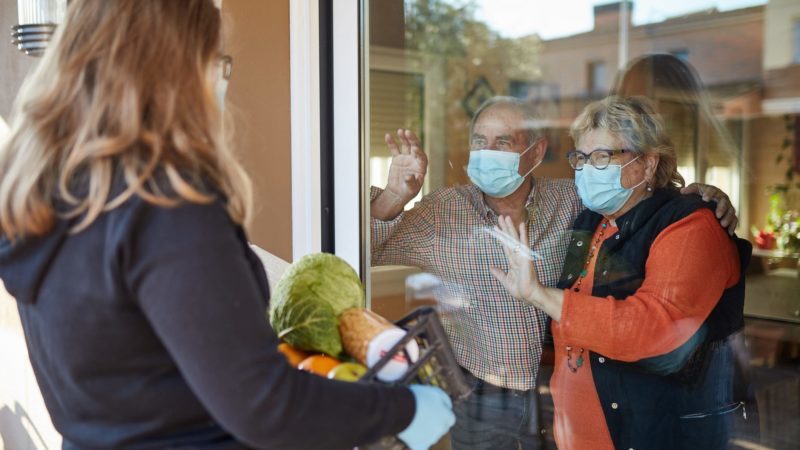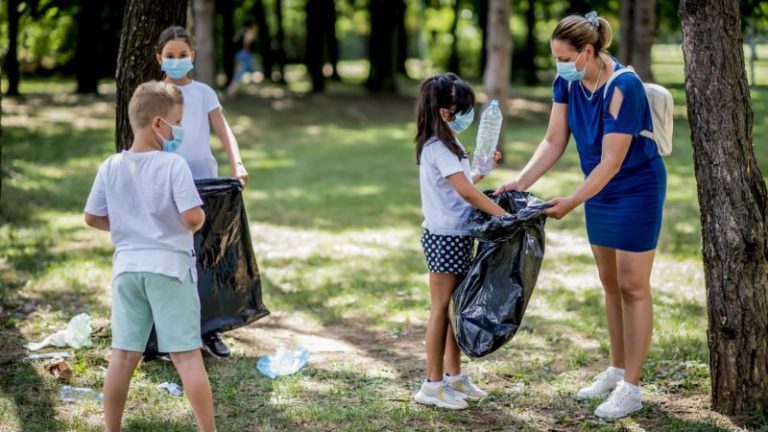Teaching students to give back to their communities is essential. Giving back instills in children the idea that they can make the world a better place, one small project at a time. As an added bonus, volunteer projects help teens learn important social-emotional skills such as compassion, social awareness, relationship skills, leadership, and more.
So how can teachers make student volunteer opportunities truly meaningful? What’s going to ignite that spirit of giving in your students and make it stick? Ownership! A student-run service project helps strengthen teens’ social-emotional core. That’s why we have compiled our top volunteer opportunities for kids to help get you started.
Tackle cyberbullying in creative ways.

Middle schoolers are no strangers to cyberbullying issues, but what they may not realize is that they aren’t alone, and many kids their age have also been targeted. The Allstate Foundation empowered Abbey Sanger to establish the Diverse Gaming Coalition, a nonprofit organization and a safe space for teens to talk about their cyberbullying experiences. The organization even made a comic book to share cyberbullying advice.
You can work with your own students to set up a safe space to talk with their peers. Together, students can come up with creative solutions for cyberbullying and discuss tactics to create a safe and welcoming online community.
Social-emotional focus: Empathy. Working to combat this issue will also help your students learn how to better relate to others with sensitivity, understanding, and acceptance.
Organize a food drive.
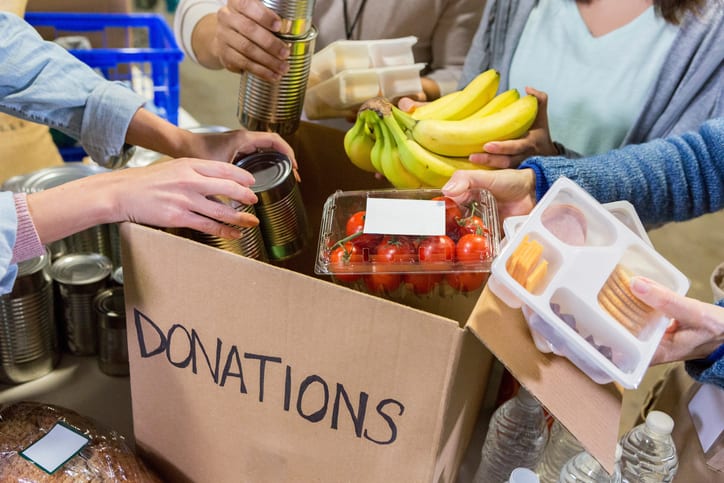
Food insecurity across the country rose significantly this past year. An estimated 17 million Americans could become food insecure because of the pandemic, “bringing the total to more than 54 million people in the country, including 18 million children.” Looking at those sobering numbers, there is a high likelihood that there are food insecure families in your local community, and probably even in your own school.
Helping food insecure families is an important task, especially around the holidays. Work with your students to organize a food drive by dividing them into teams to tackle the logistics of the project. Tasks include getting the word out, setting up receptacles for receiving donations, sorting donations, and transporting donations to a local food bank or families in need. Give students ownership of the project from start to finish.
Social-emotional focus: Ethical responsibility. Lots of kids have no idea what it’s like to have a hungry belly. Food drive volunteer projects help teens better understand the needs of the millions of people who do. Providing them with an opportunity to help, is a powerful lesson.
Collect cold-weather essentials.
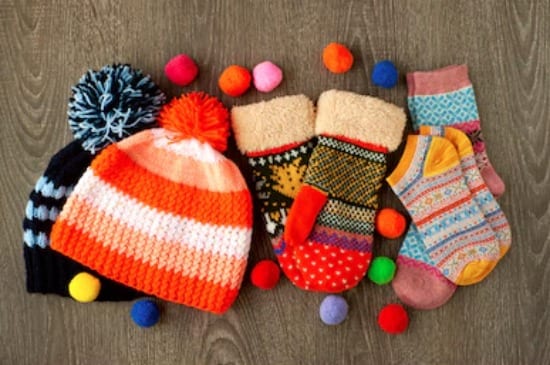
A sock, mitten, and hat drive is a great way to bring warmth and kindness to shelters or donation centers. Consider having shelter personnel visit the class and speak to students’ efforts that might impact lives.
Once you’ve collected donations, have a Stuffing Saturday with your volunteer middle schoolers. Fill the socks, mittens, and hats with toiletries, snacks, water bottles, or other requested items. Bus or carpool in groups to the centers, so the students can be the ones delivering these essential goods.
Social-emotional focus: Perspective-taking. Students will grasp that basic human needs are not always easily attainable by all members of society and look at the issue from a different point of view.
Donate your fashionable threads to a good cause.

Kids struggling with a difficult home situation may have trouble with basics, such as school clothes that help them feel comfortable and confident. Students from Rock Island, Illinois, started Closet2Closet to help local homeless and foster kids build their wardrobes. Some of Closet2Closet’s team are former foster children themselves and they speak out on issues related to older foster children. They have helped over 1,000 teens receive wardrobe assistance.
Your own middle schoolers can create a school-wide or online campaign to collect new and gently used clothing from the student body. Kids will gather care packages of clothing and shoes for local students in need, offering them a wardrobe and confidence boost at the same time.
Social-emotional focus: Leadership. When students take on a project that tackles community challenges, they will be empowered by their ability to bring positive change.
Spread joy through the power of books.
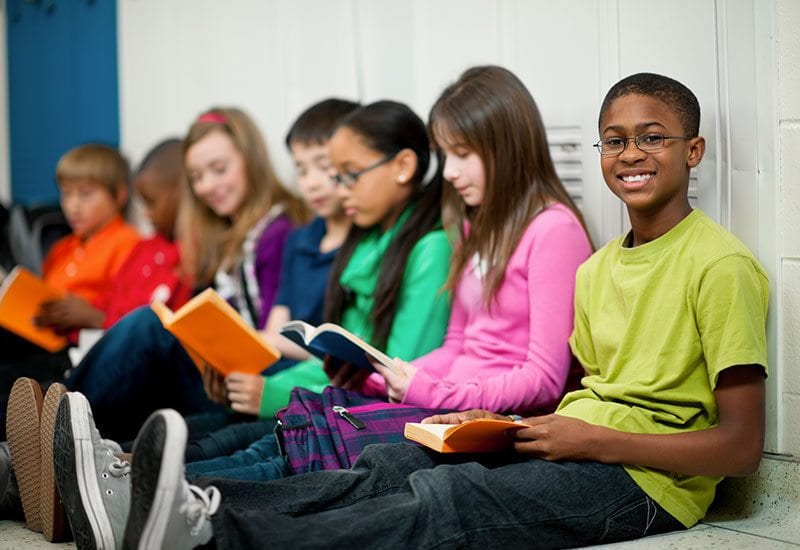
Volunteer projects help teens understand the importance of being organized. Students can collect new or gently used books at school and donate them to a library, local community center, or another school in need—you can even go international! Books for Africa gives donated fiction, nonfiction, textbooks, and library books from the US to students of all ages across the continent.
You can also plan a literacy festival at a venue—complete with festive décor, hot chocolate, and cookies. It’s the perfect way to celebrate books, inspire a love of reading, and meet new friends. Additionally, your student volunteers can set up donation boxes around campus and in the local community for collections leading up to the festival.
Social-emotional focus: Self-regulation. Sorting and classifying books takes self-regulation skills, like planning and organization.
Showcase the beauty of diversity.

The right volunteer projects help teens celebrate the diversity of their student body by organizing a team of students to snap photographs of others. Print the photographs in poster size and proudly display them in the entry of your school as a sign of welcome to all, regardless of race, religion, sexual or gender identity, or ability.
Social-emotional focus: Appreciating differences. Your photo gallery will encourage those who see the photos to further accept and embrace the differences of others and build compassion and empathy toward others, regardless of their physical appearance.
Sponsor a classroom or school in need.

Oftentimes when high school students study domestic poverty or see those in need on the news, they feel helpless. Talk to your students about those feelings in the context of your economics and social studies discussions, and also help them understand that they can make a difference.
As a class, you can then select a classroom in need on DonorsChoose.org. Your students can see the needs listed by teachers and students. Together they can enact a strategy to fundraise or assist their chosen project. Students can choose a school or classroom in their local area, other locations of great need, or localities impacted by natural disasters. This project may even inspire you to set up your own Donors Choose project!
Social-emotional focus: Teamwork. Inspiring students to see the impact a high-functioning group can make when they work together towards shared goals.
Donate old phones and other tech to groups in need.
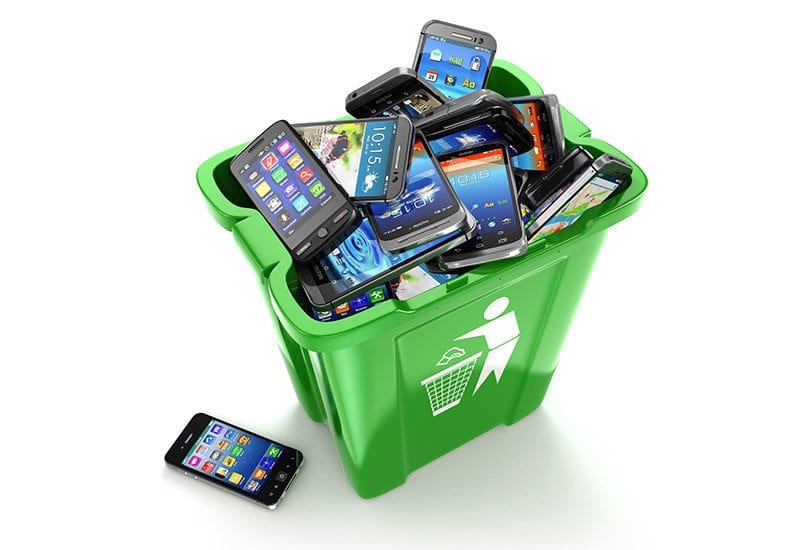
According to the US Environmental Protection Agency, about 82 percent of tossed old electronics—TVs, CDs, MP3 players, cell phones, etc.—end up in landfills. Many high school students go through old technology fairly quickly, and sometimes their parents have boxes of old tech, too. Help students organize a day for people to drop off their old technology. Then, plan to deliver what they’ve collected to a local domestic violence shelter, children’s hospital, or senior center.
Can’t find a local organization that needs your items? Have your teens set up an eBay page to sell the collected goods. Then, through the eBay for Charity page, you can auction your goods and donate all of the proceeds to Secure the Call or to the organization of your choice.
Social-emotional focus: Problem solving. Students will learn how to identify problems and develop effective decision-making skills and strategies.
Round up sports equipment for local teams.

Most kids either play a sport or have tried one in the past, and it’s likely that their old equipment is collecting dust in an attic or garage. Time for a purge! Organize a drive for that old equipment and then give it to a local organization that is in need of gently used sports gear. Check out Level the Playing Field, located in the Washington, DC, and Baltimore areas, or inquire at your local teen centers, like the YMCA and the Boys and Girls Club.
Before donating the items, host an Indoor Olympic Games—think indoor soccer, floor hockey, volleyball, whiffle ball, etc.—at the venue! Want to throw a really great party? Get the school band to throw an epic halftime show and generate spirit throughout the day; invite the school community to cheer on everyone.
Social-emotional focus: Community building. A love for sports or another hobby can be a common thread between people who seem different.
Spring forward with a tree-planting extravaganza.
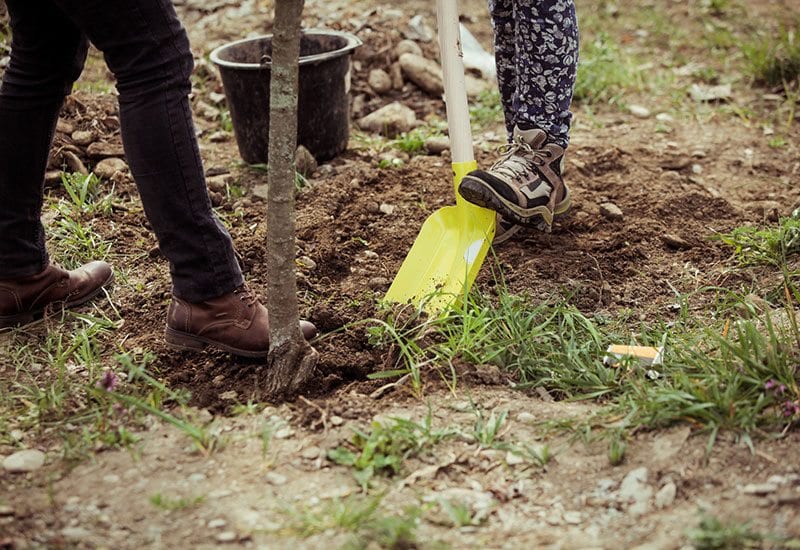
Outdoor volunteer projects help teens appreciate our natural world. A tree-planting and park-cleanup committee is the perfect way for students to show off their green thumbs. Organize a tree-planting project with the Arbor Day Foundation. If it’s not quite planting season, you can plan ahead. Or join forces with a community project already underway. Happy planting!
Social-emotional focus: Community building. This activity will help students build relationships and better understand that we are all “in this together.”
Want more ideas? Visit the Youth Service America website for service project ideas and a virtual service-learning guide.
Plus, 12 Fun Ways to Build SEL Skills During Advisory or Homeroom
